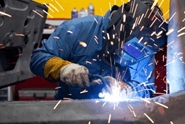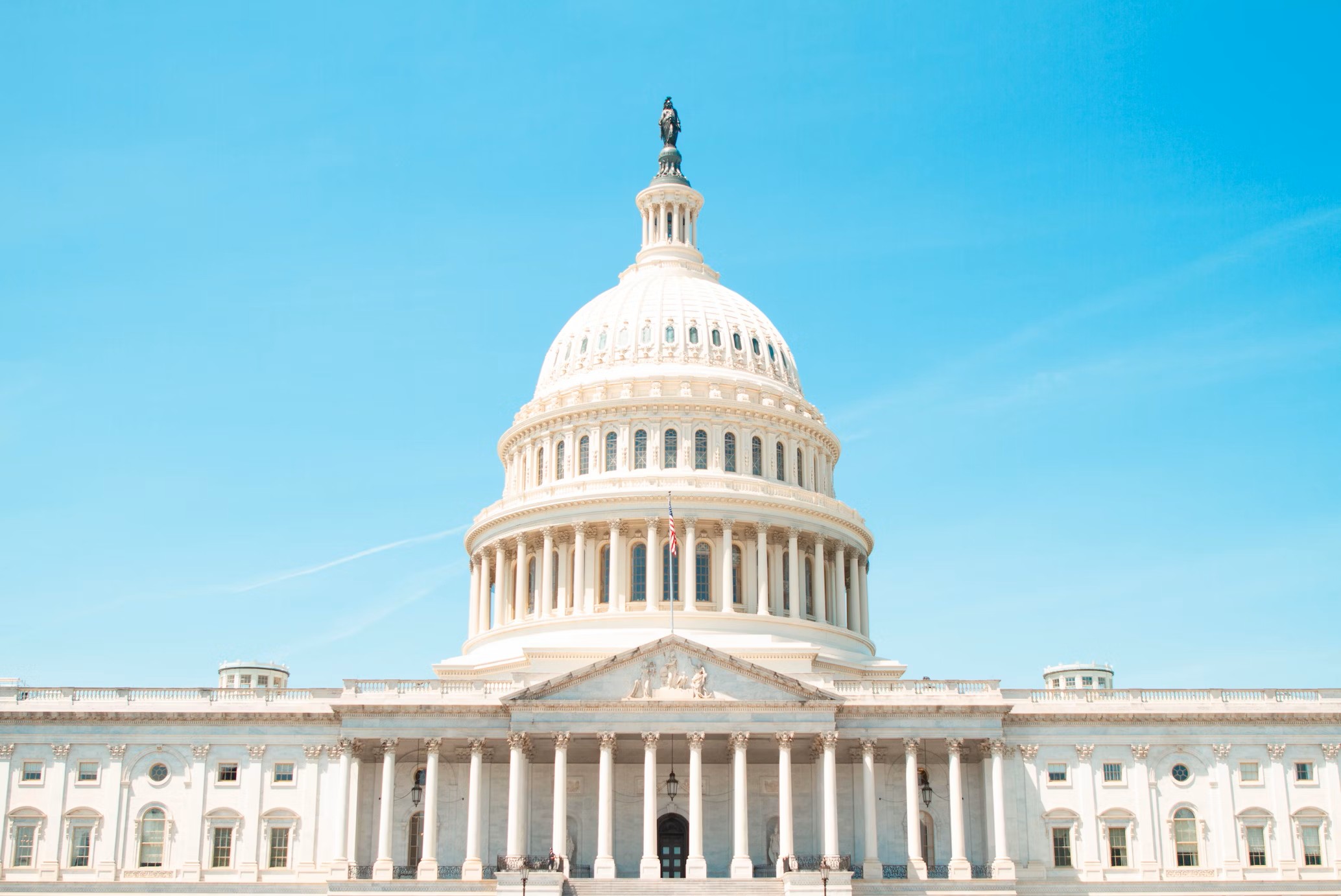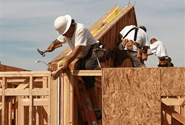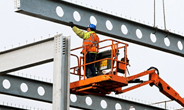Economy

PMA Optimism Falters on Tariff Worries
Written by Sandy Williams
July 29, 2018
Tariff worries have caused optimism among metalforming companies to wane, says the latest survey of the Precision Metalforming Association. PMA members are expecting orders to decrease in the next three months and fewer expect an improvement in economic activity.
“The data confirms that the optimism expressed by our members at the beginning of the year because of tax reform and other positive economic indicators have been reversed because of the Section 232 steel tariffs,” said PMA President Roy Hardy. “Only 24 percent of participants in this month’s survey forecast improved economic activity in the next three months, compared to 97 percent in PMA’s February Business Conditions Report. Significant steel price hikes and problems obtaining the steel needed are negatively impacting small and medium-sized manufacturers throughout the country and causing great concern in the metalforming industry. As I have stated, tariffs are taxes, and for many of our members these tariffs have already wiped out any gains from tax cuts and regulatory reform.”
Average daily shipping levels dipped in July for metalforming companies. Forty-one percent of participants, compared to 54 percent in June, reported that shipping levels are above the levels of three months ago, while 41 percent reported that levels are the same (up from 32 percent the previous month) and 18 percent reported a decrease in shipping levels (compared to 14 percent in June).
More companies reported workforce on short time or layoff in June. Six percent of participating PMA companies reported changes in workforce levels in July, compared to 4 percent in June and 5 percent from a year ago.
The June PMA report was based on a sampling of 108 metalforming companies in the U.S. and Canada.

Sandy Williams
Read more from Sandy WilliamsLatest in Economy

Steel groups welcome passage of budget bill
Steel trade groups praised the passage of the Big Beautiful Bill (BBB) in Congress on Thursday.

Industry groups praise Senate for passing tax and budget bill
The Steel Manufacturers Association and the American Iron and Steel Institute applauded the tax provisions included in the Senate's tax and budget reconciliation bill.

Chicago PMI dips 0.1 points in June
The Chicago Purchasing Managers Index (PMI) slipped 0.1 points to 40.4 points, in June.

Multi-family pullback drives housing starts to 5-year low in May
US housing starts tumbled in May to a five-year low, according to figures recently released by the US Census Bureau.

Architecture firms still struggling, ABI data shows
Architecture firms reported a modest improvement in billings through May, yet business conditions remained soft, according to the latest Architecture Billings Index (ABI) release from the American Institute of Architects (AIA) and Deltek.
